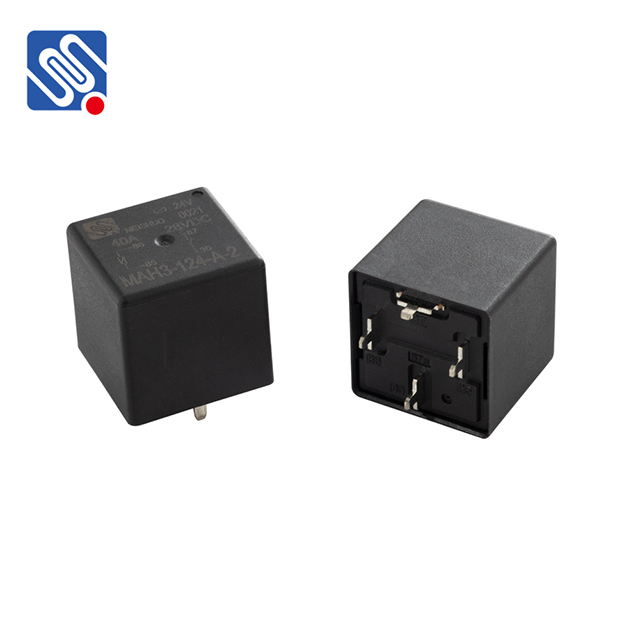Relay assembly techniques are crucial in ensuring the reliability, functionality, and efficiency of relays used across various industries, including automotive, industrial control systems, telecommunications, and home appliances. Relays are electromechanical devices that open and close circuits through an electromagnetic mechanism, and their assembly process involves several key steps, from coil winding to testing and quality control. Understanding the intricate process of relay assembly is essential for manufacturers to produce high-performance relays capable of meeting stringent specifications. This article will delve into the essential techniques used in relay assembly, including coil winding, contact assembly, spring mechanisms, housing, terminal connections, and quality control measures.

Coil Winding: The Heart of the Relay The assembly of a relay begins with the coil winding process. The coil is a critical component of a relay, as it generates a magnetic field when energized, which moves the relay’s armature and opens or closes the contacts. In this step, copper wire is wound around a magnetic core, often using automated coil winding machines for precision. The number of turns in the coil, the wire’s thickness, and the core material directly affect the relay’s voltage and current handling capabilities. Precision in coil winding is crucial because an imperfectly wound coil can lead to inefficient operation or premature failure of the relay.
Leave a Reply
You must be logged in to post a comment.